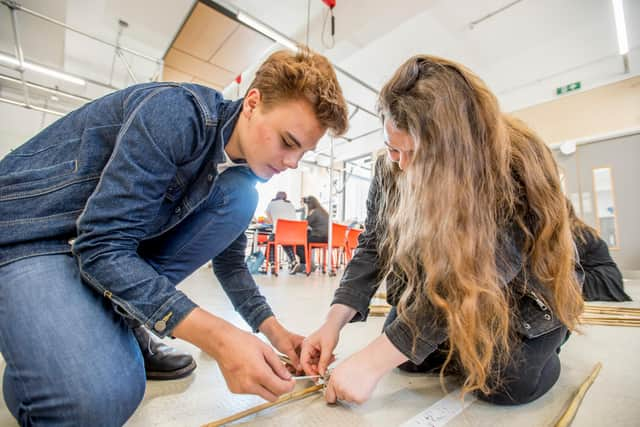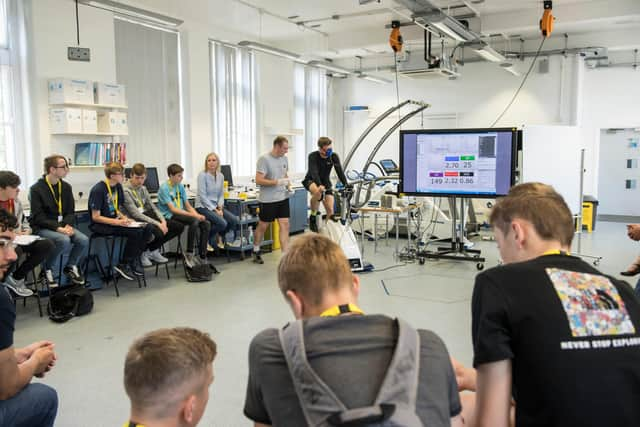This is what South Yorkshire teenagers think about choosing to study in higher education
and live on Freeview channel 276
As part of the Uni Connect programme, students in Years 9 to 13 from across 47 partner schools and colleges in the region gave their views for the third instalment of the Higher Education Progression Partnership South Yorkshire (HeppSY) annual survey.
With over 12,000 responses, the survey gives both HeppSY and the wider region an overview of the attitudes, knowledge, and aspirations that young people from low-participation areas have towards higher education (HE) and its potential benefits.


Advertisement
Hide AdAdvertisement
Hide AdThe findings, published in April, will now support the development of HeppSY’s offer for the 2020/21 academic year.
Daniel Fletcher, Evaluation and Data Officer for Uni Connect, said: “The survey results have provided useful insights into student attitudes, which is helping to refine the outreach provision that is offered by the programme. However, a significant caveat to the findings is that the survey was completed by students prior to the coronavirus pandemic.
"It will be important to consider emerging evidence from the sector to understand the impact that this major disruption has had on young people, to ensure that they are given the best support possible during the next year of the Uni Connect programme.
"In addition to the possibility of changing attitudes and aspirations, a real area of concern is the disparity in educational achievement between advantaged and disadvantaged students – often referred to as the attainment gap."


Advertisement
Hide AdAdvertisement
Hide AdOf those surveyed, the majority held positive attitudes towards HE, with over two-thirds saying that they intended to apply, and the majority indicating that they believed it would provide them with career and social benefits, with 77 per cent agreeing or strongly agreeing that it would enable them to earn more money in the future.
Of the students who indicated they were likely to apply to HE, over 70 per cent said that getting a well-paid job was the main reason they wanted to do so.
Although the attitudes expressed are a positive sign, the UCAS entry rate for students from low-participation areas in 2019 was just 21 per cent, suggesting that the proportion of target students that actually enter HE is likely to be far lower than indicated by the intention to apply figures in the survey.
This, Mr Fletcher says, highlights the need to address the practical barriers that students from these areas face which may prevent them from fulfilling their aspirations through HE.
Advertisement
Hide AdAdvertisement
Hide AdNot all students, however, expressed equally positive attitudes.
Boys were less likely than girls to apply across all year groups – a difference that was most pronounced in Year 11, where 53 per cent of boys said that they expected to apply to HE, compared to 71 per cent of girls.
This mirrors the gender disparity observed in data from across the sector, with information from the Higher Education Statistics Agency (HESA) showing that only 43 per cent of undergraduate students in 2018-19 were male.
A full report on the survey findings is available on the reports and publications section of the HeppSY website.